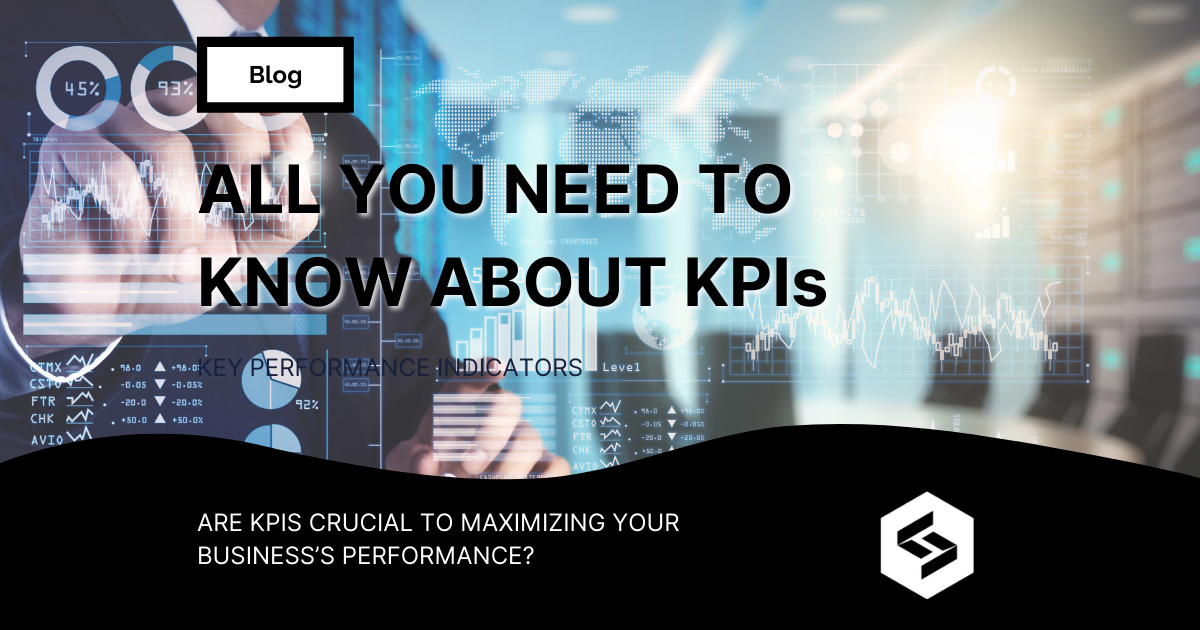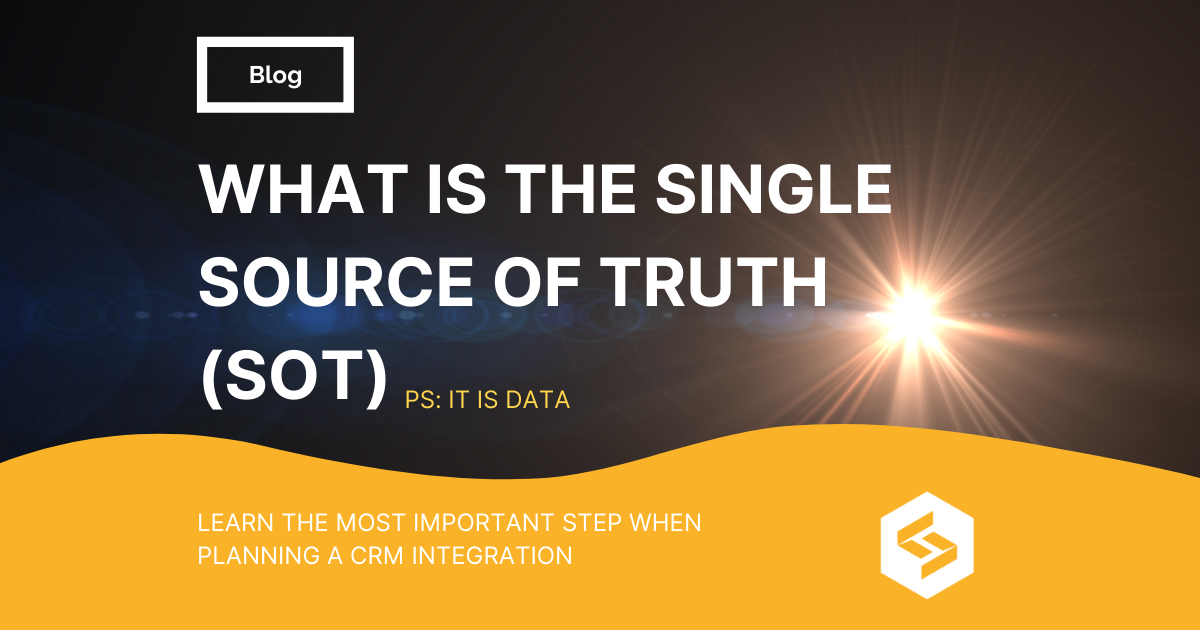Recent Posts
What is Capacity Management?
Capacity management in the context of this blog refers to when a business or organization maximizes its prospective future enterprises and production output continuously under any and all conditions. The capacity of a business or organization measures how much the company can accomplish, produce or sell within a specific time period. (Gabriel Machado Pureza, read Nov. 2021)
What is Capacity Management?
Capacity management in the context of this blog refers to when a business or organization maximizes its prospective future enterprises and production output continuously under any and all conditions. The capacity of a business or organization measures how much the company can accomplish, produce or sell within a specific time period. (Gabriel Machado Pureza, read Nov. 2021)
What is a KPI?
KPIs (Key Performance Indicators) are quantifiable measurements that help businesses assess how effectively they’re achieving operational and strategic goals. They are metrics that reflect the status quo of a particular element or “thing” at a specific moment in time. They measure the specific performance of an individual, team, or department across a myriad of industries and can help companies understand how their business is performing and what factors are contributing to their success, or lack of success.
What is a KPI?
KPIs (Key Performance Indicators) are quantifiable measurements that help businesses assess how effectively they’re achieving operational and strategic goals. They are metrics that reflect the status quo of a particular element or “thing” at a specific moment in time. They measure the specific performance of an individual, team, or department across a myriad of industries and can help companies understand how their business is performing and what factors are contributing to their success, or lack of success.
Introduction
Software as a Service (SaaS) has emerged as a prominent category within cloud computing, offering web-based software platforms accessible across all devices and operating systems with an internet connection. This blog explores the advantages and disadvantages of SaaS for businesses, shedding light on its cost-effectiveness, accessibility, scalability, maintenance benefits, and ease of deployment, while also delving into security concerns, lack of control, upgrade issues, and connectivity challenges. We also discuss the benefits of building and owning your own SaaS solution.
Introduction
Software as a Service (SaaS) has emerged as a prominent category within cloud computing, offering web-based software platforms accessible across all devices and operating systems with an internet connection. This blog explores the advantages and disadvantages of SaaS for businesses, shedding light on its cost-effectiveness, accessibility, scalability, maintenance benefits, and ease of deployment, while also delving into security concerns, lack of control, upgrade issues, and connectivity challenges. We also discuss the benefits of building and owning your own SaaS solution.
Customer Relationship Management, or CRM, is a technology that can help any company manage, organize and track customer’s behavior and data. The purpose of integrating an app, or website with a CRM is to use customer information and data to gain a more unified view of the business and improve the decision-making process and enhance business strategy.
Customer Relationship Management, or CRM, is a technology that can help any company manage, organize and track customer’s behavior and data. The purpose of integrating an app, or website with a CRM is to use customer information and data to gain a more unified view of the business and improve the decision-making process and enhance business strategy.



